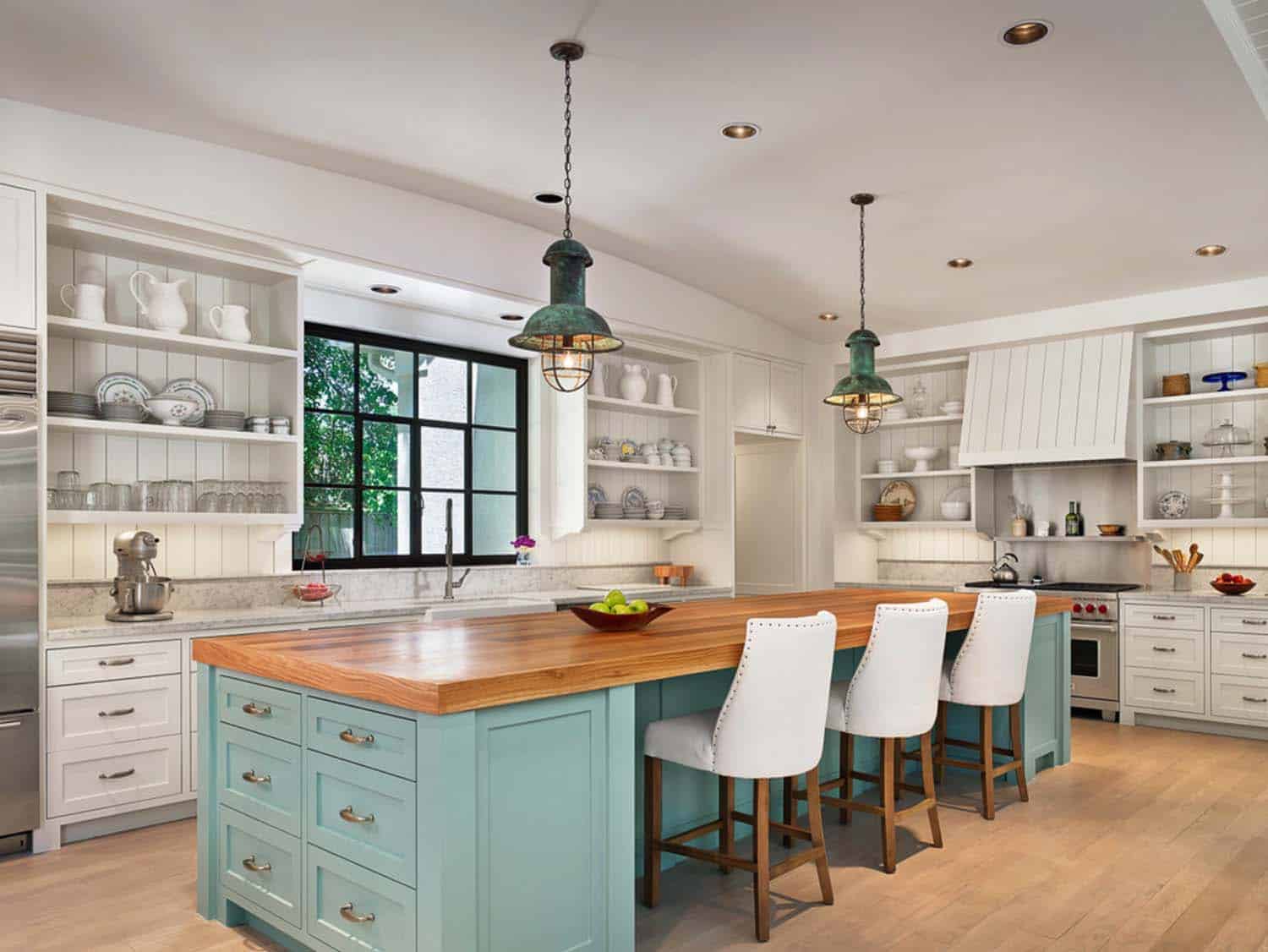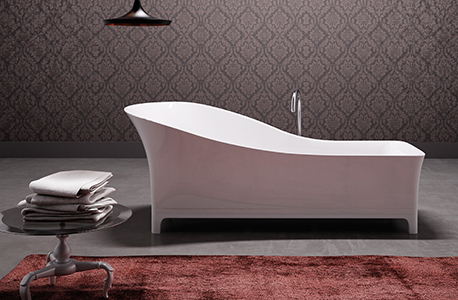Illuminating the Future of Kitchen Lighting: Energy Efficiency by Capitol Lighting
It doesn't matter if you live in a home with a modern kitchen that has all the fancy upgrades, or one that just has a single overhead light in the center of the room. If you're not using the lates...
It doesn't matter if you live in a home with a modern kitchen that has all the fancy upgrades, or one that just has a single overhead light in the center of the room. If you're not using the latest generation of energy-efficient bulbs, it's time for a lighting upgrade."Kitchen lighting has made great strides in the past couple of years, not just from a design standpoint, but with regards to energy efficiency. So upgrades are definitely worth looking into," says Joe Rey-Barreau, education consultant for the American Lighting Association (ALA) and an associate professor at the University of Kentucky's School of Interior Design. He travels the country tracking trends, and one he's noticed lately is the focus on energy conservation.
"Lighting manufacturers are spending a considerable amount of time, and dedicating a lot of resources to developing fixtures capable of using more energy-efficient light sources than the standard incandescent," Rey-Barreau says. "And it's no coincidence that this trend is growing in popularity at a time when energy costs are on the rise," he says.
As recently as two years ago, the only fixtures available for the kitchen that used the most energy-efficient light sources available today - fluorescents and Light Emitting Diodes (LEDs) - were not aesthetically pleasing. In today's marketplace, however, decorative energy-efficient fixtures are available in every product category, whether you're looking for something traditional, modern or artsy.
"We know consumers want to capitalize on the fact that compact fluorescent bulbs are approximately three to four times more efficient than incandescent bulbs, and LEDs can be three to 10 times more efficient, so we've dedicated a lot of resources to developing new fixtures that utilize the technology," says Scott Roos, vice president of product design for Juno Lighting Group. "We'll be introducing an LED under-cabinet unit in the fall that requires just eight watts of energy to provide the same illumination as an 80-watt halogen light source. Our new LED down light will be 40 percent more energy efficient than a compact fluorescent and 75 percent more energy efficient than an incandescent."
Related
Holtkoetter International, Inc., a manufacturer of residential lighting fixtures based in St. Paul, Minn., plans to release several models of fixtures that use LEDs early next year. But energy-saving products are nothing new for Holtkoetter. "We've been offering fixtures that take halogen IRC bulbs, capable of improving energy efficiency by 50 percent, for the last five years," says company president Paul Eusterbrock.
Infra Red Coating (IRC) bulbs are designed in such a way that the heat they generate can be recycled and turned into light.
Hubbardton Forge, a lighting manufacturer out of Chandler, Vt., meantime has concentrated its efforts on developing decorative fixtures that take compact fluorescents. "We have offerings in every category for decorative fixtures that really enhance what you get out of a compact fluorescent," says George Chandler, president of Hubbardton Forge.
No matter which of the new technologies you choose to go with, when shopping for energy-efficient fixtures, Rey-Barreau says it is important to look for the Energy Star label. In order to qualify for the Energy Star designation, the product must meet specific performance criteria for energy-efficient performance set by the U.S. Department of Energy.
As for concerns people may have about the quality of light given off by compact fluorescents and LEDs, Rey-Barreau says that "while in the past color rendering may have been a concern, it is no longer a problem. Consumers can rest assured the quality closely matches that of incandescents."
Today's advancements are quite impressive, but what does the future hold? Rey-Barreau expects the lighting industry to work hard at getting more products on the shelves that use the most energy-efficient technology developed to date - LEDs. "Right now LEDs are still kind of expensive, but once they become more readily available, the cost will come down significantly," he says.
Article Tags: Kitchen Lighting, Energy Efficiency, Rey-barreau Says, Compact Fluorescent










0 Response to "Illuminating the Future of Kitchen Lighting: Energy Efficiency by Capitol Lighting"
Post a Comment